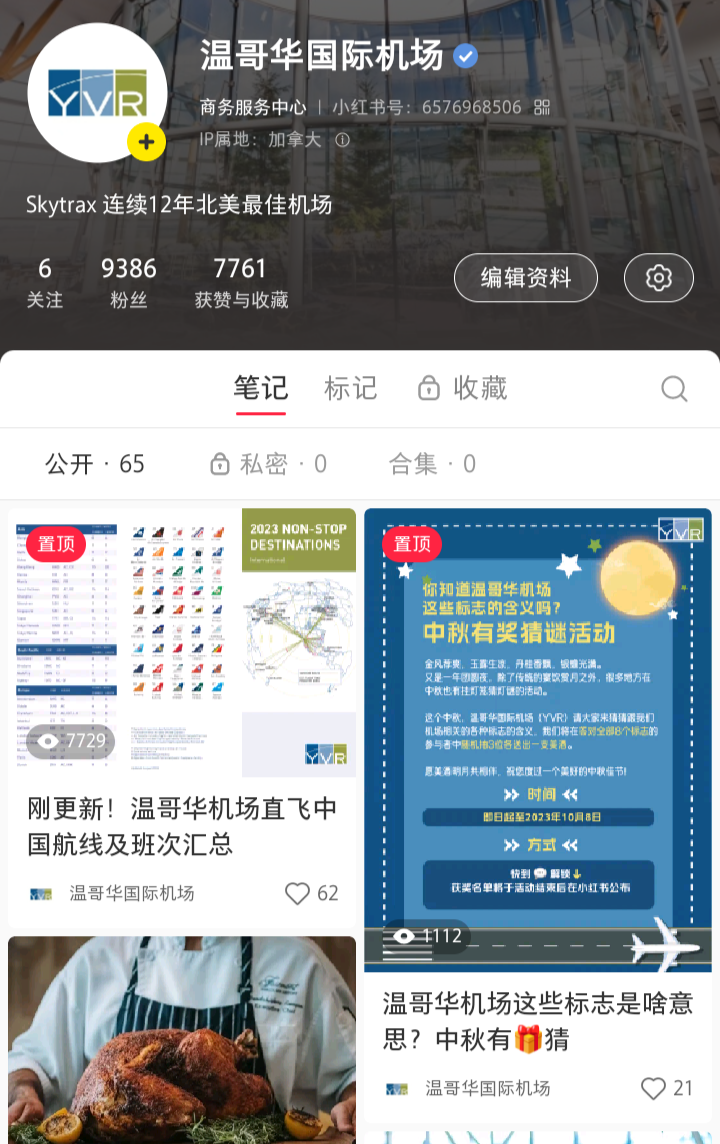During the pandemic, tourists from all over the world had lots of time to plan and anticipate their next vacations. For many of them, 2024 and onwards will be the time to finally put those plans into action. That’s good news for any organization or business that caters to tourists, as the statistics for tourism in Canada are looking up.
Canada’s stunningly diverse landscapes and year-round attractions appeal to both domestic and international travellers. Some of Canada’s most popular travel locations include Vancouver, Toronto, Montreal, and Banff. Tourism in Canada has been steadily increasing throughout the past two years, and despite current economic pressures, tourism in Canada statistics suggest that our tourism industry will remain resilient.
In order to take advantage of the anticipated surge of visitors within the next few years, destination tourism organizations need to know who they are marketing to and how to reach them. In this article, we’ll share key tourism in Canada statistics and show you how you can leverage multilingual marketing to reach a more diverse traveller market.

Source: Destination Canada
Tourism in Canada Statistics
The pandemic has obviously affected the statistics for tourism in Canada for the past three years. For this reason, economists and researchers use statistics from 2019 to compare current tourism stats and predict upcoming demand.
How many tourists visit Canada each year?
The World Tourism Organization reported that an impressive 22.1 million international tourists visited Canada in 2019. In contrast, in 2022, 12.8 million international tourists visited Canada. But don’t be discouraged by that decrease. In its Tourism Outlook Forecast, Destination Canada looks at the statistics for tourism in Canada to predict that we will return to 2019 visitation numbers by 2025.
How much do tourists spend in Canada?
International tourists spent $28.2 billion on their trips to Canada in 2019. Domestic tourism wracked up an even higher amount, with Canadians spending $77 billion on domestic trips. Accounting for international and domestic tourism spending, Destination Canada forecasts a return to 2019 levels by as early as 2024.
Top international tourist markets for Canada
The highest number of international arrivals to Canada comes from the United States. In 2019, the US accounted for 15 million of Canada’s 22 million international arrivals. In addition to the US, Destination Canada has identified seven key international markets. They are: Australia, China, France, Germany, Japan, Mexico, South Korea, and the United Kingdom.
Let’s go over some tourism in Canada statistics for a few of these markets.
China
Destination Canada reports that 708,000 Chinese travellers visited Canada in 2019. This group contributed approximately $2 billion to tourism spending in Canada. The most popular times for Chinese travellers are July and August.
Canada is considered an expensive destination for Chinese travellers. For that reason, most Chinese travellers in Canada come from higher-income households. Destination Canada estimates that 80% of Canada’s Chinese tourist market is between the ages of 18 and 54, and 68% of Chinese tourists have children. Many families also visit Canada to explore educational opportunities for their children.
Chinese tourists are highly likely to utilize travel agents and are very mindful of health and safety concerns when booking a trip to Canada. Many Chinese travellers choose to visit Canada through a guided group tour or an all-inclusive package.
Canadian travel organizations (especially in Western Canada) should be marketing and creating accessible experiences for Chinese groups and solo travellers. This means including translated versions of website content, printed materials, menus, signs, and more. For example, the Vancouver Airport has embraced Chinese travellers and locals, including Chinese signage and French and English.

Source: YVR RED Account
Chinese consumers also use different social media channels, such as WeChat and RED. A dedicated Chinese marketing specialist can help you strategize where and how best to reach Chinese travellers.
Note: As of the time of writing (October 3, 2023), Canada is not on China’s approved list of countries for group travel.
South Korea
In a 2022 report, Destination Canada estimated that 8.2 million South Koreans intended to visit Canada in the next two years. Of these, 43% are adults between the ages of 34-54, and only 30% have children. They are likely to visit from May to October.
South Koreans are drawn to Canada for relaxation and well-being, as well as outdoor experiences. To attract South Korean travellers, consider highlighting these aspects in your marketing and make sure that your website and online marketing materials are translated to Korean.
France
France has significant market potential for the Canadian tourism industry. Many French travellers are drawn to Canada, particularly Quebec, due to the shared language. This serves as a reminder for organizations outside of Quebec that you may be missing out on both French and Quebecois tourists if your marketing and communication materials are only in English. You can tap into a domestic market by including Quebecois French translations as well.
Many French travellers are young adults who prefer independent travel and off-the-beaten-path locations. They are more likely than other groups to visit Canada during the winter months.
Why multilingual tourism marketing matters
As the tourism in Canada statistics show, tourists from non-English speaking countries make up a significant percentage of Canada’s international arrivals and contribute billions of dollars to our tourism industry. Therefore, destination tourism organizations cannot rely on English-only marketing to attract international travellers. At a minimum, all of your website’s content should be available in the languages of your key demographics. Beyond that, targeted advertising that is culturally and linguistically appropriate can go the extra mile to welcome international visitors.
Did this tourism in Canada statistics encourage you to reach new audiences? LAT Multilingual specializes in multilingual destination tourism marketing and translation. Get in touch with us today.













